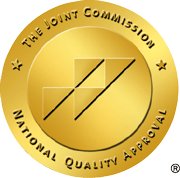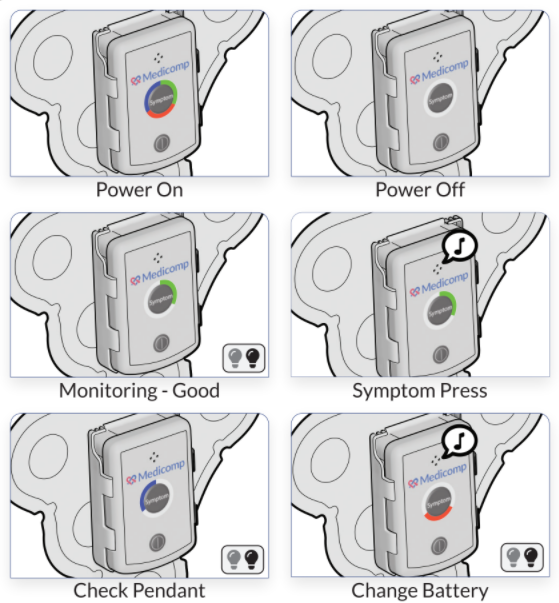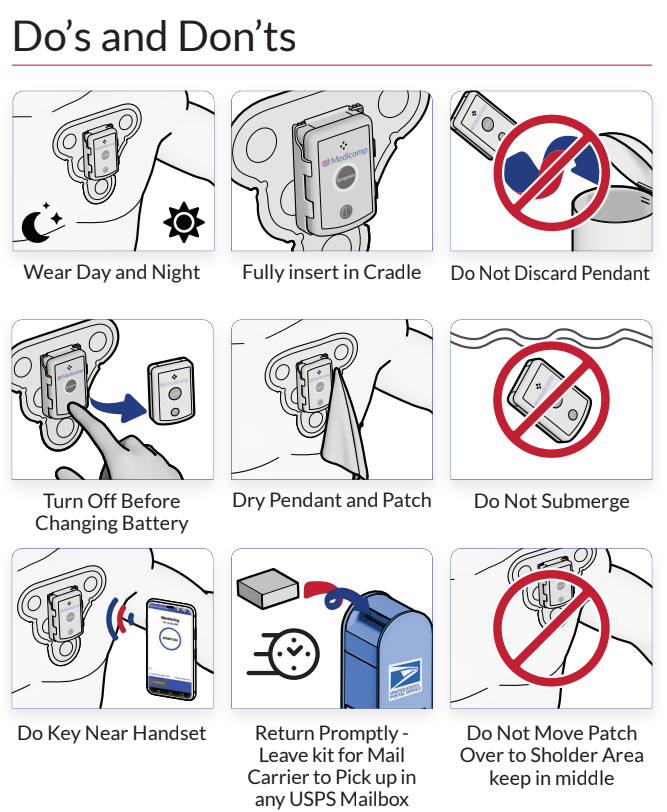According to a report from the National Academies of Sciences, Engineering, and Medicine – Health and Medicine Division, five percent of U.S. adults who seek outpatient care experience a diagnostic error each year. A 2013 report compiled from 25 years of U.S. malpractice claim payouts by Johns Hopkins researchers showed that “diagnostic errors—not surgical mistakes or medication overdoses—accounted for the largest fraction of claims, the most severe patient harm, and the highest total of penalty payouts.” There are many ways to reduce diagnostic errors, including newer technology such as patch monitoring, but the most efficient way to reduce error rates is to form cohesive care teams. These teams have three important purposes that reduce diagnostic errors: learn from them, share diagnostic test results, and empower and educate patients.
Learn from Past Mistakes
Throughout life, we are taught the value of learning from mistakes, and diagnostic errors fall into that category. Find, study, and discuss diagnostic errors to learn from them. Feature them in workplace and industry presentations to further educate fellow clinicians. Push to have cognitive and diagnostic error teaching into medical school curriculum, resident training, and even continuing education opportunities.
Share Information
A team will not succeed if everyone isn’t working together. Share diagnostic test results, not just with other caregivers, but with the patient. Do not overlook past diagnostic data during the current evaluation. Use direct, verbal communication between all parties when making critical decisions to ensure that everyone is on the same page when it comes to a diagnosis.
Empower and Educate Patients
Patients need to take an active role in their own care. Allocate time to ensure effective communication between the patient and their physician(s). Encourage patients to ask questions and to search through their own medical notes for possible inconsistencies.
In addition to the human aspect of a cohesive care team, it is important to have reliable patch monitoring technology to improve test result documentation, clarify abnormal test results, and monitor for new or resolving symptoms. Physicians will no longer have to compromise on different standards of care but have the ability to choose a patch monitoring system most suited to the individual needs of the patient. In combination with finding, studying, and discussing errors, sharing diagnostic test results, and empowering and educating patients, the addition of a reliable monitoring system can reduce diagnostic errors. Contact ReactDx today at 800-234-3278 (800-23-HEART) to learn how their portable monitors improve patient outcomes.



